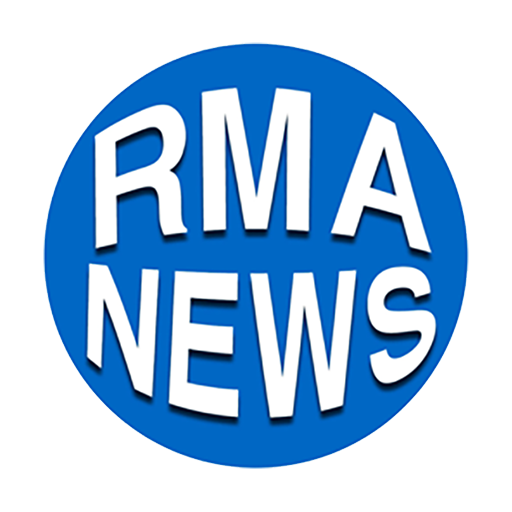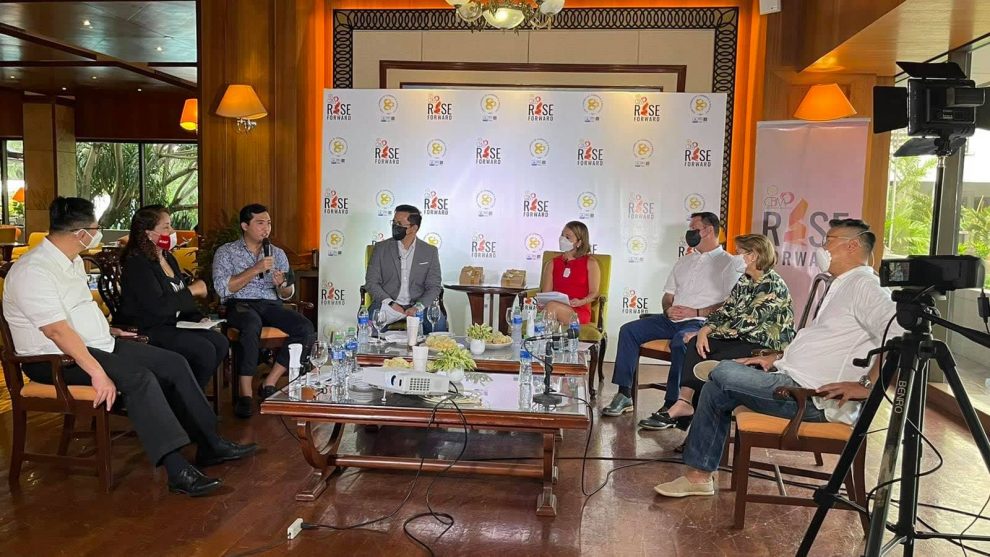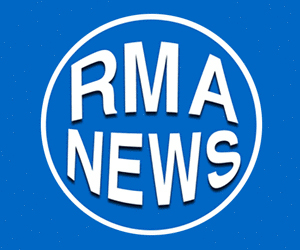MINERVA BC NEWMAN
CEBU CITY – Cebu has been a banner province in resiliency in tourism in 2019 with more than 2.14 million foreign tourists’ arrivals and nearly 3-million tourists in the ESL, BnB categories but COVID-19 pandemic in 2020 hit badly the tourism hub that is Cebu and now in 2021 Cebu is a model for COVID response and tourism industry recovery. How did Cebu do it?
In a June 3 Tourism Coffee Table Discussion hosted by the Cebu Chamber of Commerce and Industry (CCCI) for its Cebu Business Month (CBM) 2021 launch, Brigitte Lim chair of the CBM 2021 Tourism said that compared to where Cebu was a year ago, it now has clearer knowledge of the virus and its transmission mechanism, a wider variety of stronger testing options, and more robust tracing capabilities.
This gives people greater confidence to gradually resume travel, while ensuring that the health and safety of travelers remain the top priority. Cebu needs to actively manage the risks, based on objective evidence and sound judgement, Lim said.
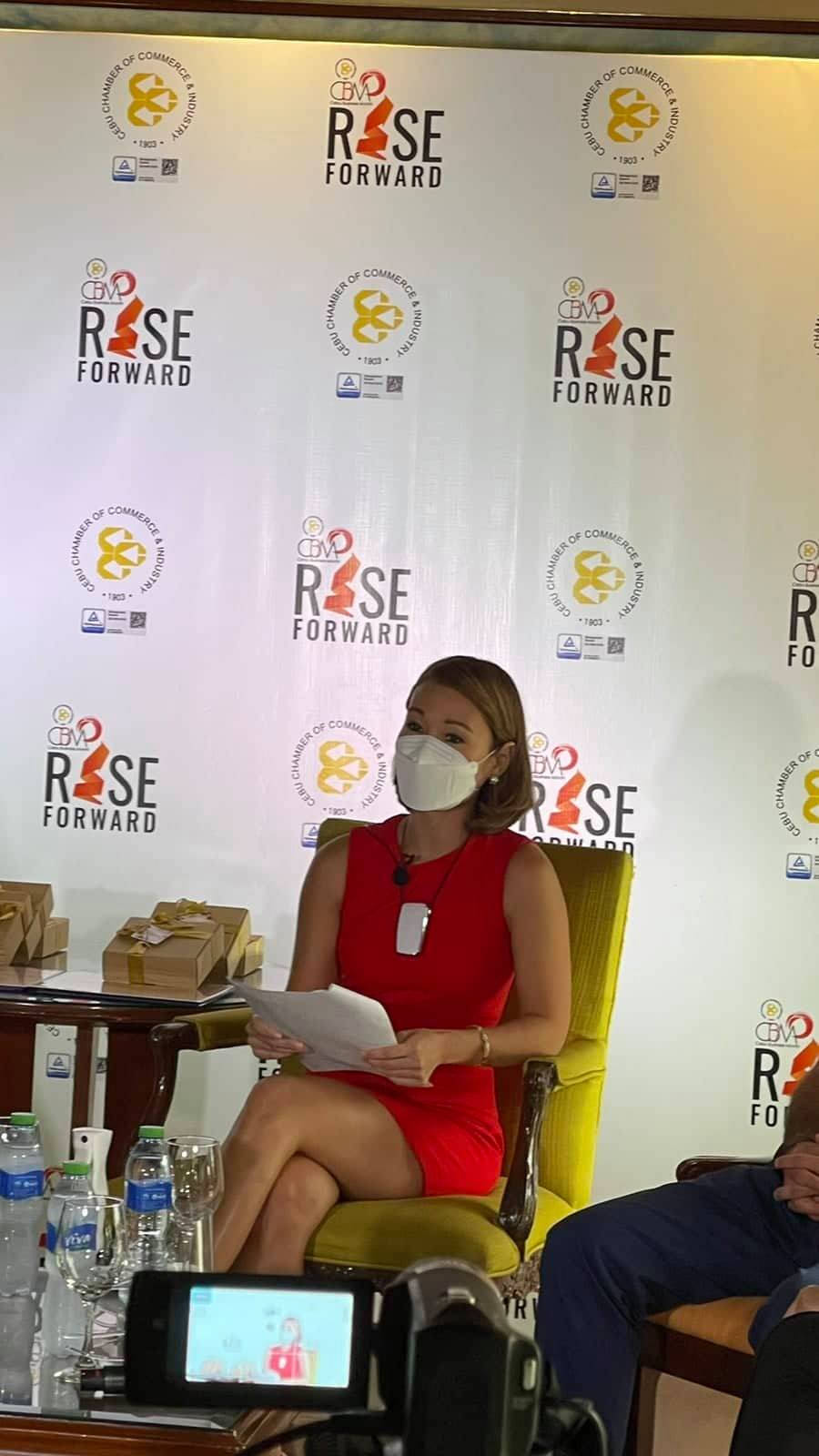
CBM 2021 Tourism Committee Chair Ms. Brigitte Lim
“We now come to a better understanding that we cannot afford a broad risk elimination strategy by shutting ourselves off. Here in Cebu, we aim to build on our position as a safe and trusted hub, to pioneer leading standards in health, safety, and service,” Lim added.
She went on that Cebu is taking steps towards reviving domestic tourism with the rollout of a marketing campaign, confident that it is ready to welcome back travelers after the Philippines first entered a nationwide lockdown.
Department of Tourism (DOT-7) regional director Shahlimar Hofer Tamano, in the same Coffee Table Discussion bared that the agency has been continuously working and closely coordinating with all sectors in Central Visayas to start opening to local tourism/tourists.
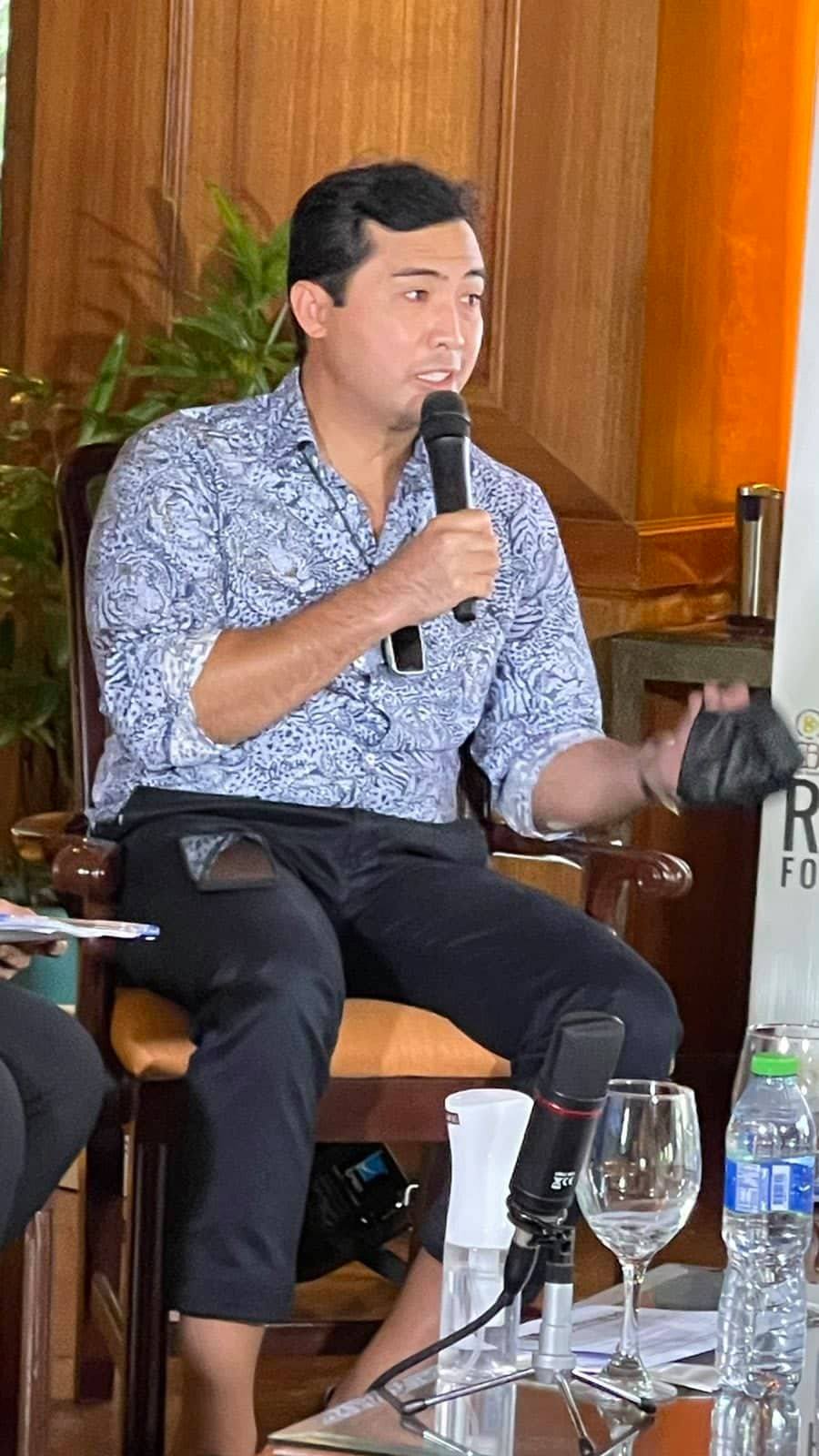
Department of Tourism (DOT-7) regional director Shahlimar Hofer Tamano
Tamano said that for 2021 alone, DOT has huge allocations for local tourism recovery programs including biking, hiking, moto crossing, diving and other outdoors for local adventures and various specialized local tourism attractions in Cebu, Bohol, Negros Oriental and Siquijor.
“We are working closely with concerned government agencies like DENR, DOH, PNP, PCG, the various local government units (LGUs) in the region to come up tourism competitive advantage in each province and to document the history of tourism in Central Visayas,” Tamano added.
Tamano bared that DOT-7 opened its social media platforms for its marketing and DOT’s pandemic protocols change every now and then due to the fluctuations of the COVID-19 cases.
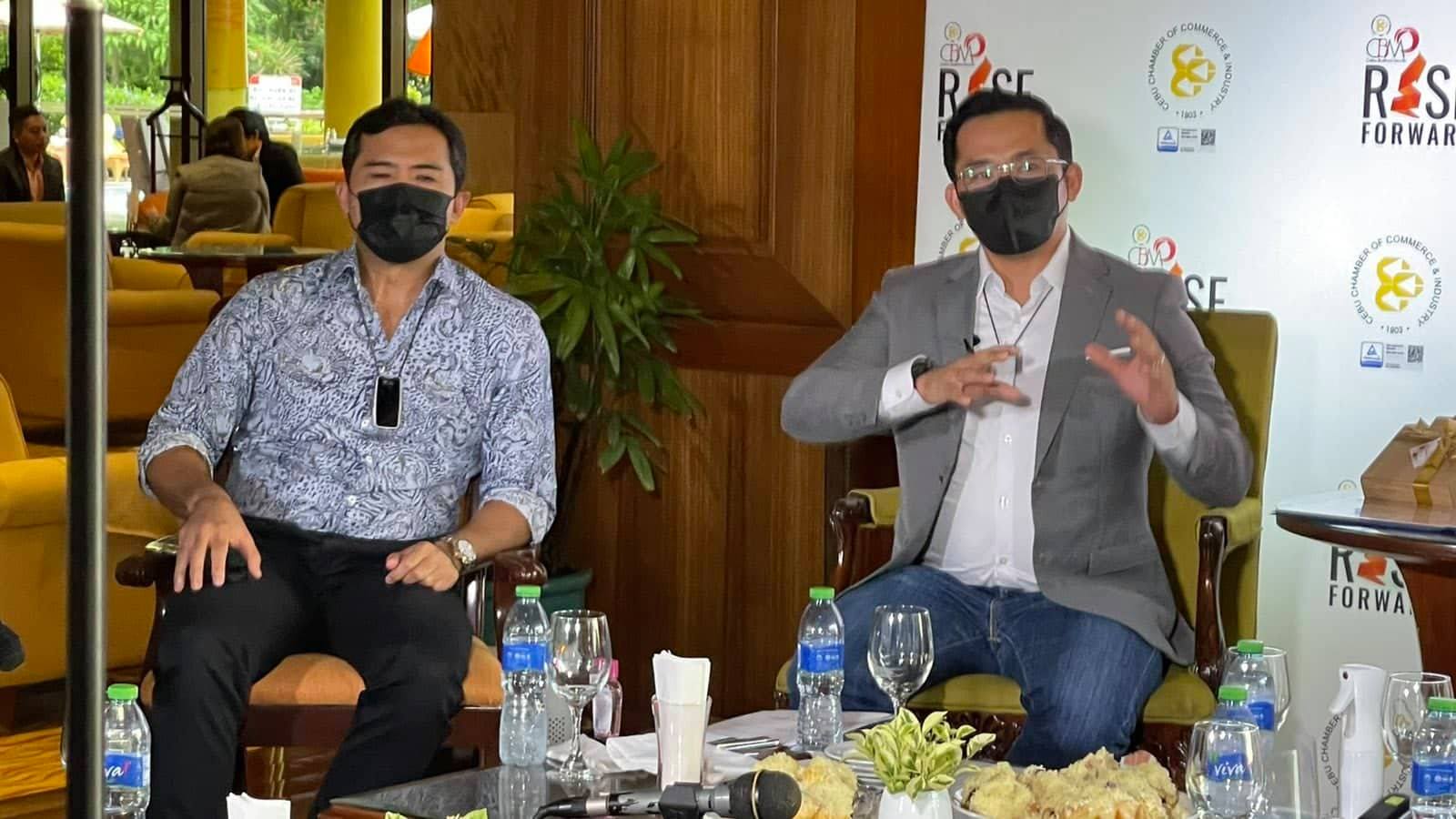
Department of Tourism (DOT-7) regional director Shahlimar Hofer Tamano with Cebu Business Month 2021 Over-all Chairman Michael Cubos
Multiple use of hotels and increasing hotel rates of quarantined Overseas Filipino Workers (OFWs) and Returning Overseas Filipinos (ROFs); controlling quarantine protocols, swab tests and the like have helped the tourism industry here to keep afloat, Tamano stated.
Role of IATF and local chief executives in tourism recovery
When the COVID-19 Inter-Agency Task Force for the Management of Emerging Infectious Diseases (IATF-MEID) placed Cebu Province under the Modified General Community Quarantine (MGCQ) on June 29, 2020, Cebu Gov. Gwendolyn Garcia issued Executive Order No. 20-A to prepare for the reopening of the province to tourists. It adopted the “Protocol and Guidelines to Govern Tourism-Related Activities that Promote the Health and Wellness of an Individual, Accommodation Establishments, and the Dine-in of Persons in Restaurants.”
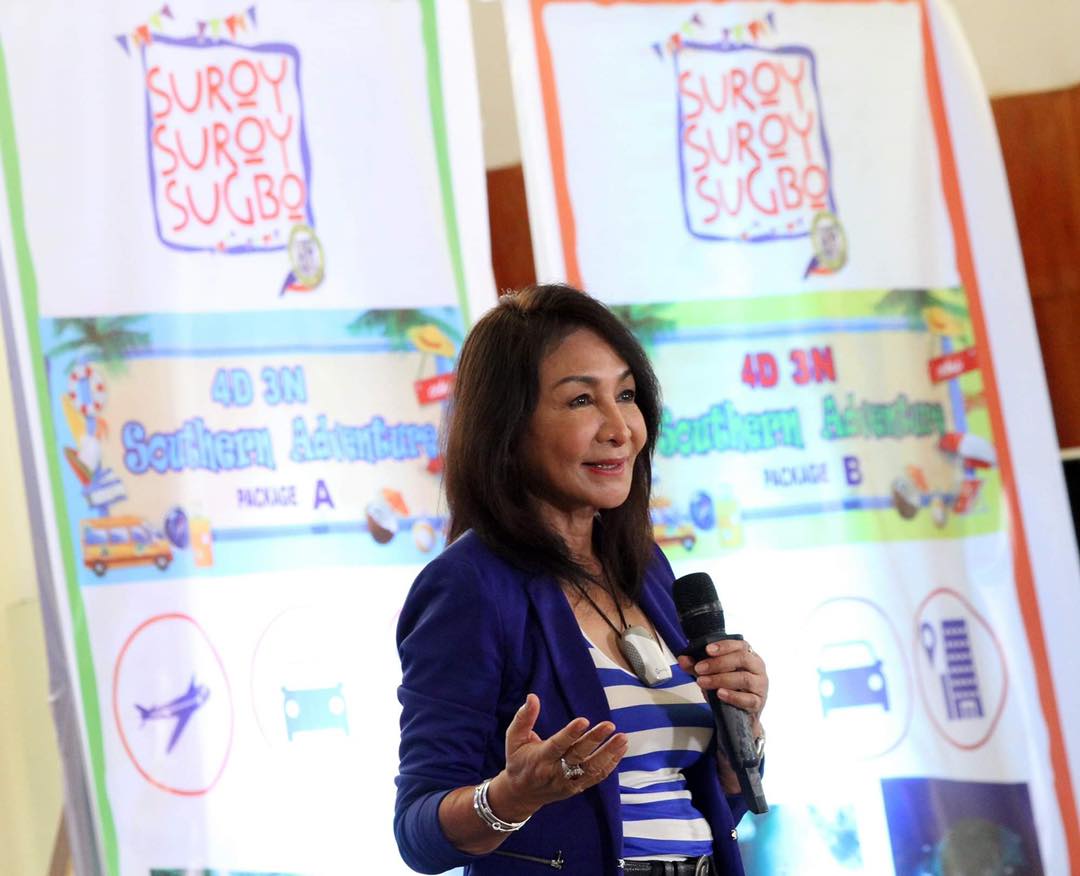
Governor Gwendolyn Garcia of the Province of Cebu
The Cebu Provincial Government worked closely with the province’s tourist destinations and establishments to ensure a safe reopening for tourism that required the strict implementation of health protocols in the tourist sites including setting the limit on the number of tourists that can be accommodated at any single time to ensure that the required physical distancing will be observed.
Because of this, Gov. Garcia allowed the revival of many tourist-related activities that included canyoneering, island hopping, snorkeling, diving, beach activities, whale shark watching and snorkeling, sightseeing, zipline adventure, ATV Riding, Parasailing, hiking, trekking, and mountaineering, spelunking (caving), and visiting cultural heritage sites and museums.
Resorts and hotels could now operate but only accepted pre-online bookings for their guests. Walk-ins were discouraged. Government, private sectors unite to address rising cases.
With the surge of cases in Cebu, President Rodrigo Duterte responded to the appeal for help of Presidential Assistant for the Visayas (OPAV) Secretary Michael Lloyd Dino. The President sent retire Maj. Gen. Melquiades Feliciano as its IATF chief implementor of the Visayas.
Feliciano met with the concerned government sector, other stakeholders, and private sector representatives to address their concerns and come up with a united effort to flatten the epidemic curve.
Those meetings generated positive responses. The owners of private hospitals agreed to increase their capacity for COVID-19 patients. Feliciano also got the cooperation of local government units down to the barangay level for coordination in the implementation of health protocols and guidelines for faster contact tracing, testing, isolation, and treatment of positive cases.
The IATF then set up the Emergency Operations Center (EOC) of Cebu City which served as the model for the Emergency Operations Center Manual for Covid-19 Response at the city, municipal, and barangay levels.
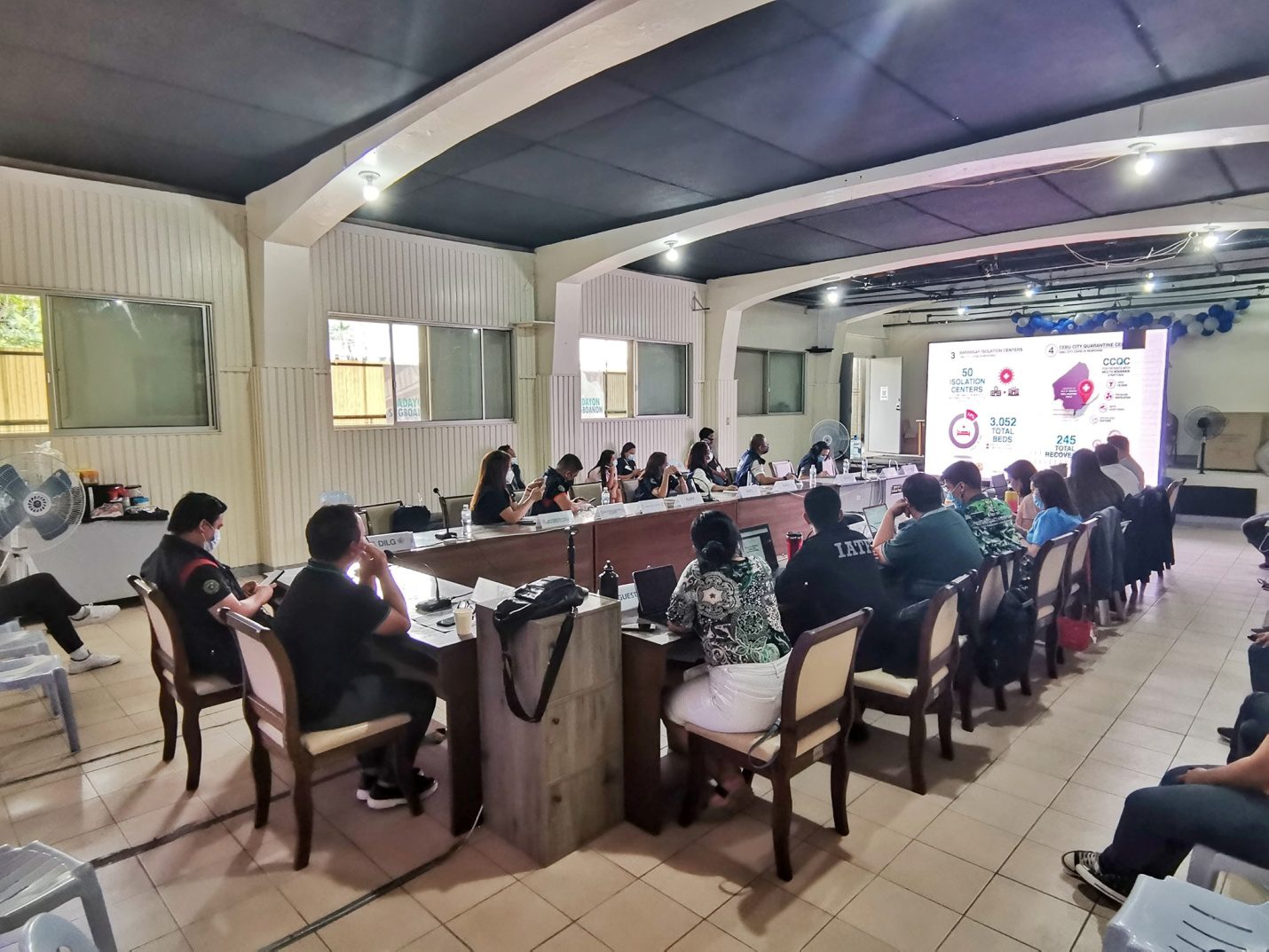
Feliciano said that by implementing the EOC Manual, LGUs need not resort to closure, restriction, or lockdowns. He explained that manual will help centralize, coordinate, unify, collaborate, synchronize, and harmonize every barangay response, including the relevant stakeholders like hospitals, which compliments the efforts of LGUs.
Today Cebu has a 30 percent capacity utilization rate of over 800 beds dedicated to COVID and ICU beds.
DOT-7 regional director Shahlimar Tamano said that the partnership of the different agencies and the LGUs helped a lot in reviving tourism despite the pandemic.
Gov. Garcia formed the Cebu Provincial Tourism Task Force which focuses on the implementation of health and safety protocol in tourist sites and establishments. Certificates of Compliance were issued by the said task force to establishments compliant with the safety protocols.
Cordova town mayor Mary Therese Sitoy-Cho said that the LGUs should continue monitoring its tourism activities through its local task force. They should continue to fear COVID and they need to revive the livelihood of the people.
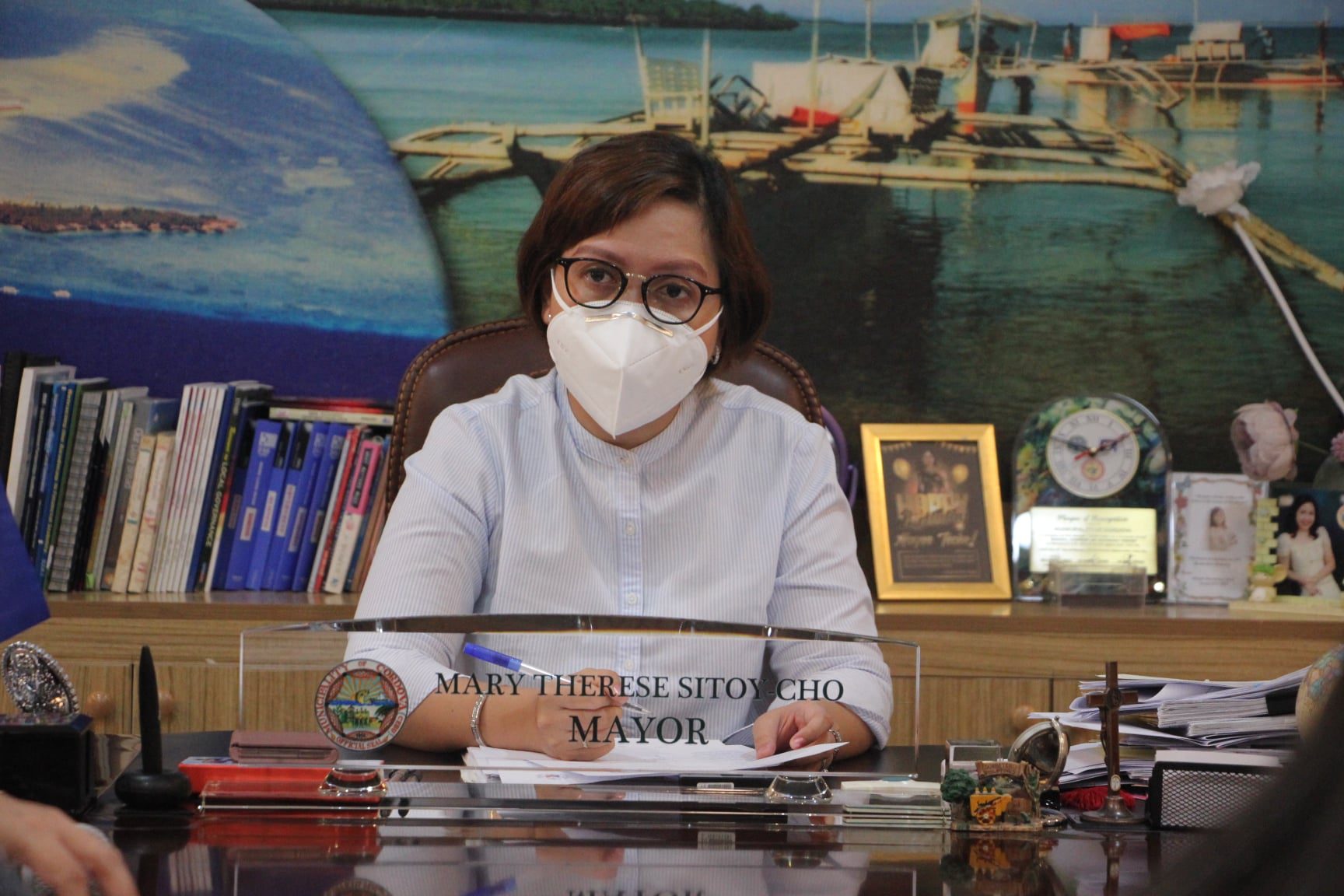
Cordova town Mayor Mary Therese Sitoy-Cho
“They must open for the sake of their constituents. Opening tourism is a way of balancing health and income. Tourism brings income to the town, this entails extra effort and resources so that we can still protect our people from COVID,” Sitoy-Cho added.
Meanwhile OPAV Undersecretary Anthony Gerard Gonzales told LGUs the importance of putting up the EOC, public-private partnership and implementing a vaccination program since these are very essential in opening the economy.
Gonzales also said that OPAV is going to replicate the best practices of Cebu to the other key areas in the Visayas regions.







